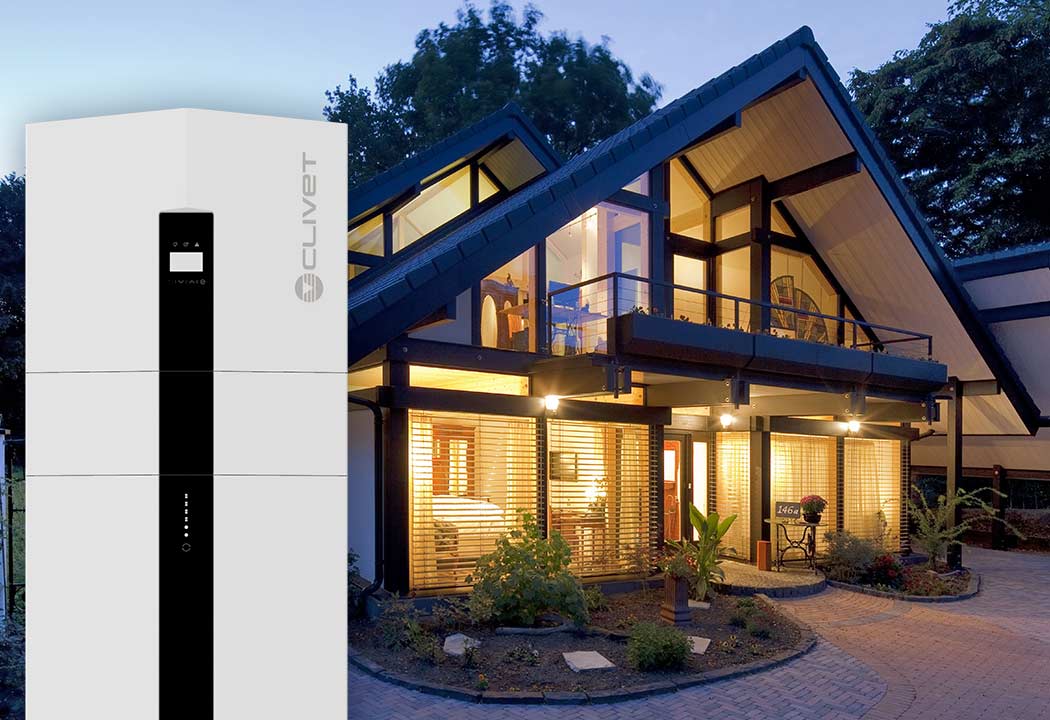When considering the installation of a photovoltaic system, whether it is intended to supply a single home or a large commercial or industrial building, the pros and cons must be carefully weighed. Generally speaking, between environmental and economic benefits, we can safely say that the advantages far outweigh the disadvantages and that this type of investment is almost always a worthwhile choice. Below are the main benefits of installing a photovoltaic system:
- Reduced energy bill: the photovoltaic system allows the user to reduce electric energy withdrawal from the grid through self-consumption, using the energy produced by the system instead. With efficient and careful use, it is estimated that up to 55% of a family home's electricity bill can be saved. The savings naturally increase if one opts for the installation of an electric storage battery, such as Clivet Sinergy.
- Clean energy production: with a photovoltaic system, greenhouse gas emissions can be reduced, making an important contribution to the spread of renewable energy sources. Investment is therefore not only good for those who make it, but also for the planet, promoting a sustainable economic model.
- Property value: the installation of a photovoltaic system gives the home a higher commercial value, enabling its owner to optimise his/her property investment. Should one decide to sell the property, it would be possible to do so more quickly, as well as making a higher profit due to the presence of this technology.
- Low maintenance: the maintenance of photovoltaic systems varies depending on the number of modules installed and the age of the system, but in general it is rare and inexpensive. Of course, it is essential to maintain the high efficiency of the system by cleaning the panels and periodically checking the various components.
A second element to consider is the inconsistent production of energy. As is only natural, the system produces energy when the sun is shining. Consequently, on rainy days and especially at night, the energy required for your needs must necessarily be taken from the grid. In this context, an electric storage system like Clivet Sinergy really makes a difference. Its battery is in fact charged when the sun's rays are captured by the panels; it then releases the energy to power the home even if the sky is overcast or in the evening and at night.
Roof requirements for optimal system efficiency
Photovoltaic panels are installed in most cases on the roofs of buildings, whether they are the traditional and most common pitched roofs (consisting of two sloping planes intersecting each other) or those with a single horizontal plane. Of course, certain basic rules must be observed, for example in terms of exposure and installation, in order for the system to operate to its full potential.
Let's see what the main roof requirements are for optimal efficiency of the photovoltaic system:
- Orientation: the best cardinal point for the installation of photovoltaic panels is the south, as the radiation is greater and longer. A system on south-facing pitched roofs will therefore provide much higher performance. This is not an issue for flat roofs, which provide more flexibility for the installer.
- Size: the larger the roof surface on which the panels are installed, the more energy will be produced and made available to users.
- Slope and obstacles: the right slope allows the panels to capture more light and be more efficient. It is also important that there are no other buildings nearby casting their shadows on the panels

